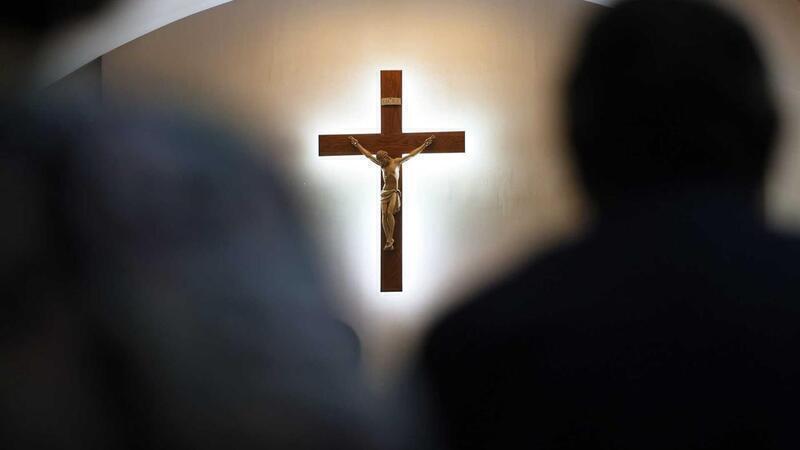These figures were revealed by the coordinator of the VITA Group, psychologist Rute Agulhas on Sunday, in a joint interview with the Ecclesia agency and Rádio Renascença, in which she pointed out that the average age of the victims who have contacted the organisation is 54.
According to Rute Agulhas, “some of them [the victims] just want to let off steam, share, break the secret that on average lasts 40 years”, emphasising that most cases are time-barred because “they happened a long time ago”.
“We’ve had about two or three situations that haven’t yet reached the statutes of limitations, which were naturally immediately flagged up to the competent authorities,” said Rute Agulhas, quoted by the Ecclesia agency.
In this interview, the psychologist said that in two cases that were time-barred from a civil point of view, the Holy See decided to waive the statute of limitations, a possibility provided for in Canon Law.
Next Tuesday, the VITA Group will publicly present its third activity report at a hotel in Lisbon. According to what it revealed to Ecclesia and Renascença, the report will highlight the 62 people who requested assistance, in person or online, in a “sociodemographic characterisation, the type of situations they report, where they happened, how they felt, what impact these situations had”.
Regarding the requests for financial reparation, Rute Agulhas said that “most of them” were people the Group already knew. “We have 15 new situations,” she said.
Of the 61 requests, 40 were made by men, with cases of abuse more prevalent in the 60s and 80s.
The VITA Group was created by the CEP following the work of the Independent Commission for the Study of Sexual Abuse of Children in the Catholic Church, which validated 512 testimonies of cases that occurred between 1950 and 2022, pointing, by extrapolation, to a minimum number of 4,815 victims.
In April 2024, the CEP approved the creation of a fund “with a solidarity contribution from all dioceses” to financially compensate victims of sexual abuse within the Catholic Church in Portugal.
The decision was announced in Fatima at the end of the CEP Plenary Assembly, which determined that this financial compensation would be granted on a “supplementary basis”.
According to José Ornelas, CEP’s president, the fund, which “can be opened up to other organisations that want to collaborate”, “does not have a set amount”, nor do the reparations have a set “ceiling”, as well as what each diocese will contribute to the overall amount, bearing in mind that the realities of the dioceses are different.
On 1 June, the CEP opened the period for the “formal prDivulgaresentation” of requests for financial compensation to children and vulnerable adult victims of sexual abuse in the context of the Catholic Church.
These requests must be submitted by 31 March this year to the VITA Group or to the diocesan Commissions for the Protection of Minors and Vulnerable Adults, after which “an evaluation commission will determine the amounts of compensation to be awarded”.
The bishops expect the compensation processes to be finalised by the end of 2025.



